The Kiran Rao Interview | 'I've Reached A Place Where I'm Ready To Tell More Stories'
Kiran Rao had been considering making her second movie, after Dhobi Ghat, for ages. It so happened to be Laapataa Ladies, well worth the decade-long wait, she tells Subha J Rao.
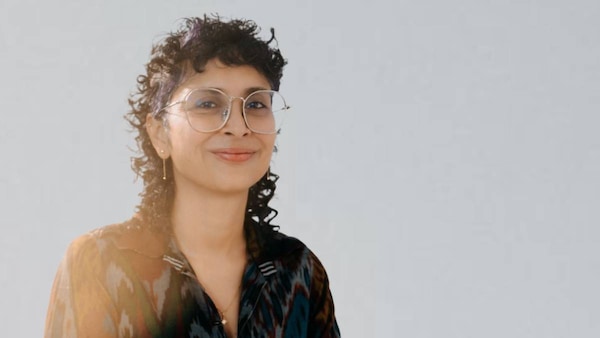
Last Updated: 01.39 PM, Mar 07, 2024
GROWING UP IN CALCUTTA, Kiran Rao’s annual family summer pilgrimage to the South, especially Madras, Bangalore and Mysore, took place by train. She’d board the Coromandel Express from Howrah to Madras, and then take the Madras Mail or Brindavan Express to see her grandmother in Bangalore.
“Trains were really the only option for most of us. And I loved them! You got two days to yourself to look dreamily out of the window, see the passing landscape and cook up poems about the clouds. I found it all very romantic to see vast swathes of my country. Till date, these train journeys are tied to my idea of India,” says Kiran, whose delightful Laapataa Ladies has wormed its way into so many hearts since its release. Interestingly, the train plays an important role in the film too. As it passes by the small villages of Madhya Pradesh, the story travels too.
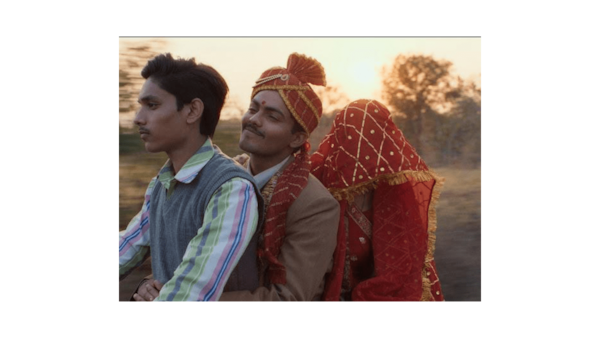
Laapataa Ladies is also possibly the first mainstream film after Jab We Met that zooms in on railway station platforms and those who people them — the elderly lady who fries snacks, the young tea-seller, the customer who always asks for a little extra chutney…
And when Phool (Nitanshi Goel) finally undertakes a journey in search of her beloved, you almost sense the excitement as the train chugs past villages, ponds and fields. “That’s what I remember about my train journeys. I thoroughly enjoyed them. I would climb up to my berth and read a book for hours. And watch the lights glimmer in small stations, bulbs and tubelights flicker when we passed by villages, the food that changed from station to station…,” says Kiran.
Edited excerpts from an interview.

Let’s begin with Manju Mai (Chhaya Kadam), who spills many home truths we are usually used to seeing urban feminists speak on screen. How did you visualise her?
Manju Mai is in some ways a collation of a lot of qualities I have observed in many, many different women in my life, women whom I have worked with at home. They have all come out of incredible circumstances and moved on.
Manju Mai is an amalgamation of all those people. She seems tough and hard, but she’s soft and loving. All these life experiences have not embittered her to the extent that she’s angry and hateful. I wanted her to have those qualities. She’s independent, and content. These are qualities I was very keen to have in the broad, mainstream narrative.
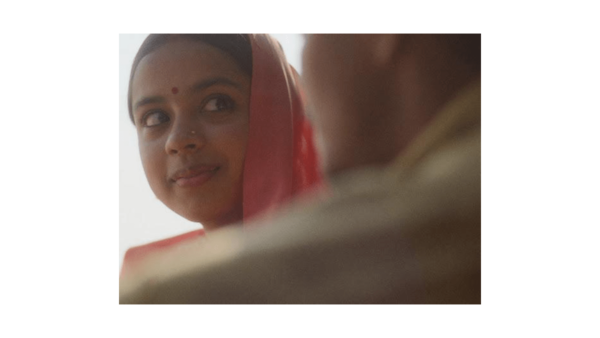
Your previous film Dhobi Ghat, and this, in many ways, are about journeys — from home to home, from place to place. They are as much about inner journeys as they are about the external. What does a journey mean to you?
Ah, you’ve touched upon one of my favourite themes, which is the idea of a journey. I think a journey helps us come close to who we actually are. It helps us understand the mystery of life. We are all on some kind of journey. I love to travel and I feel travel is one of those starting points of discovering yourself as you journey outwards. That’s also possibly why I took less than five seconds to okay the script when I heard it.
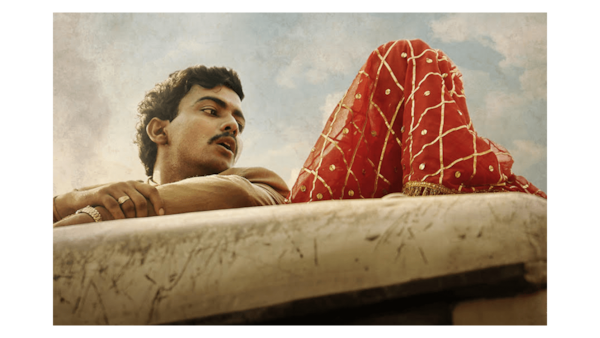
I did read somewhere that the original script [it is not a novella as is being mentioned] dealt with the issues in the film with a lot more seriousness…
Aamir [Khan; Kiran’s ex-husband] was part of the jury at a screenwriting contest when he saw this script by Biplab Goswami, and he told me about it. The story was incredible and had a lot of scope for inherent humour, but I wanted to develop it further. I also knew I wanted to shift the genre from a realistic drama to the drama-comedy-satire space.
I felt the story gave us an opportunity to address important issues, and I feel humour is a great tool to touch upon issues that one is not usually comfortable speaking about — like dowry, for instance.
Without humour, it becomes angry, dark and grim. Humour makes it more palatable, people are more receptive when they are laughing. And we worked hard to achieve this in this movie. We had to strike a balance between emotions and humour, between suspense and humour. This was also where the inspector’s role of Shyam Manohar (Ravi Kishan) came in.
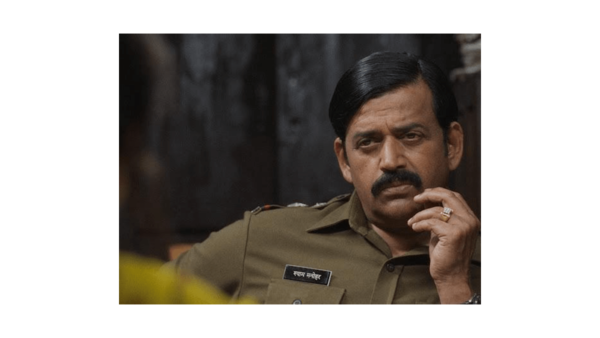
Laapataa Ladies is also an intense love story in a way, and brought back the idea of fledgling love in an arranged marriage set-up, with all its longing and yearning. That was interesting, considering you’re speaking of a two-day bond.
True. When we wrote it, the idea was that two people, despite all our notions of arranged marriage, have fallen in love within a couple of days of knowing each other. And, when we wrote it in the script, it did seem believable. But what made it come alive, I think, is that the actors brought in a certain vulnerability to the role. They are so deeply in love and so shattered by the chaos.
The music, especially ‘Sajni’ by Ram Sampath, took this forward. It took a lot of work at the editing table to arrive at this level of balance in Phool and Deepak’s (a lovely Sparsh Srivatsava) relationship.

If Phool is the innocent, gentle one who discovers herself, Pushparani (Pratibha Ranta) has to hide her intelligence — like many women.
I hoped people would notice that about Pushparani. A lot of women have to hide their intelligence to appeal to men. Intelligence in women is not welcome in many places, including in Parliament. They have to be wily and use their cunning in some places to get ahead. They are not afforded equal opportunity and are expected to play their cards smartly. Pushparani was doing all she could to grab at that straw of an opportunity, but still could not resist revealing her knowledge of agriculture and sticky traps!
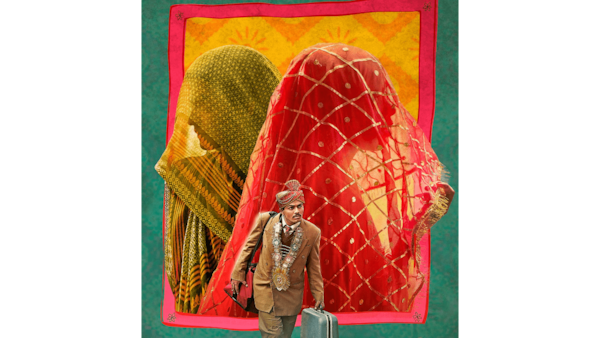
The film plays on in people’s minds long after the end credits roll. Why do you think that happened?
I think it is the tone we adopted. Using the device of humour, we took the chance to laugh at ourselves, and it gave us the chance to say things we could not in a lecture. We were able to pack in some pretty strong punches without alienating anyone.
The second you speak about violence and dowry and deep-seated patriarchy, they [audience] tend to get antagonised. But if you’re able to get everyone to the place where we laugh, we can identify the issues without any finger-pointing.
The idea is to have a conversation as a society. First acknowledge the issues and find alternatives — commit to change the status quo. Aamir tried something similar with Satyameva Jayate.
In this case, the biggest villain was patriarchy, and we wanted to be inclusive, and take the men along to find solutions. We wanted to open up productive conversations. After all, they make up half the world — like us!

From the making videos, it is obvious the team had a good time shooting the film. How was it to get back to the director’s chair after a long break?
I have been considering making my second movie for ages. And it so happened to be Laapataa Ladies. It was worth the decade-long wait. I enjoyed the process and hope to direct something else very soon. I’ve been writing stories for the past 10 years, and hope to see them made in the next 10. I hope to roll out something a lot sooner. I have reached a place where I am ready to tell more stories. More like a re-start.
It helped that making this film was a fun exercise. When I saw the behind-the-scenes pictures and videos, it made me smile. There was such happy nostalgia. Because of COVID, we were a much closer unit. There was genuine love and affection, and we made amazing memories. The railway stations of Pateela and Murti, the village of Surajmukhi… everything.
Subscribe to our newsletter for top content, delivered fast.
